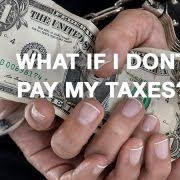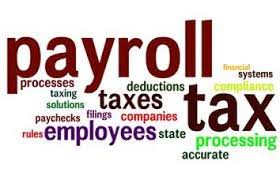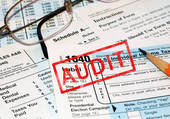In things are continuously changing with cryptocurrency including the creation of Proof of Stake (PoS), which is a relatively new concept that has steadily been gaining popularity in the crypto community as a better alternative to Proof of Work(PoW) system on which the most popular cryptocurrency, bitcoin, operates.
But what Is Staking? Before we consider the tax implications of staking, let’s discuss what staking is. Staking is very similar to having an interest bearing bank savings account. Dash, Neo, OKcash, Tezos (XTZ) are some cryptocurrencies you can stake. You can leave these coins in your wallet and/or an exchange that supports staking, and receive periodic payouts based on the amount of funds you stake. The above snippet shows how staking rewards appear on a dashboard of a major US crypto exchange.
Staking rewards are taxable. However, the exact tax treatment for staking rewards isn’t as clear as one would think. Here is why.
Taxed as Interest Income?
Staking rewards resemble interest income, in that the process is quite similar to depositing funds into a bank account and receiving interest based on an annual interest rate. If you apply this theory, staking rewards may look similar to interest income. Interest income is generally reported on IRS Form Schedule B Part I. However, the Internal Revenue Code (IRC) defines “interest income” to see if staking rewards are actually interest income for tax purposes. According to Reg §1.61-7, “Interest income includes interest on savings or other bank deposits; interest on coupon bonds; interest on an open account, a promissory note, a mortgage, or a corporate bond or debenture; the interest portion of a condemnation award; usurious interest (unless by State law it is automatically converted to a payment on the principal); interest on legacies; interest on life insurance proceeds held under an agreement to pay interest thereon; and interest on refunds of Federal taxes”.
Clearly this definition of “interest income” does not have anything that describes income derived from staking cryptocurrencies. Additionally, per Deputy v. Du Pont, 308 U.S. 488 (1940), “Interest in its usual import is the amount which one has contracted to pay for the use of borrowed money. In the business world, interest in indebtedness means compensation for the use or forbearance of money”. Now, the key here is that the interest is derived from having money as principal. Coins you stake are not treated as “money” for tax purposes.
According to Notice 2014-21, cryptocurrencies are treated as property. Therefore, it could be argued that staking rewards are not interest income for tax purposes although it may share many characteristics of interest income in the real world. If staking rewards are not interest income, how should it be treated for tax purposes?
Taxed as Rental Income?
According to Reg § 1.61-8, “gross income includes rentals received or accrued for the occupancy of real estate or the use of personal property”. Personal property is any property that is not real property like land and building. According to Notice 2014- 21, virtual currencies are treated as property, and all general rules applicable to property are applicable to virtual currencies.
If we view crypto currencies you are staking as “property”, you could easily argue that you are renting a property and receiving rental income. Income received from renting an asset or property is not clearly interest income. If this is the case, staking rewards could constitute rental income and may also be subject to passive/nonpassive income categories depending on your level of participation in the staking. Rental income is typically reported on Schedule E of Form 1040.
One thing to keep in mind is that, all communications issued by the IRS related to cryptocurrency taxation have been “general guidance” (
Notice2014-21, 45 FAQs &
Rev.Rul. 2019-24). These should not be viewed as the tax law. The guidance describes how the IRS believes existing tax laws are applied to crypto transactions. They are intended to help taxpayers with tax filings and improve compliance. Since these guidance are not law, in the court of law, you may argue against certain positions taken by the IRS.
In the absence of clear laws, it is extremely important that you treat staking income consistently every tax year, until clear guidance are issued. Clearly, staking income is taxable and you should definitely report that on your taxes irrespective of the interest income vs. rental income argument. It’s also a good practice to use Form 8275 when you take controversial tax positions on your return.
Also remember that if you receive staking rewards, make sure you check “yes” for the crypto question on Schedule 1.
Have a Crypto Currency Staking Problem?
Contact the Tax Lawyers at
Marini & Associates, P.A.
for a FREE Tax HELP Contact us at:
www.TaxAid.com or www.OVDPLaw.com
or Toll Free at 888-8TaxAid
Sources:
Read more at: Tax Times blog


















